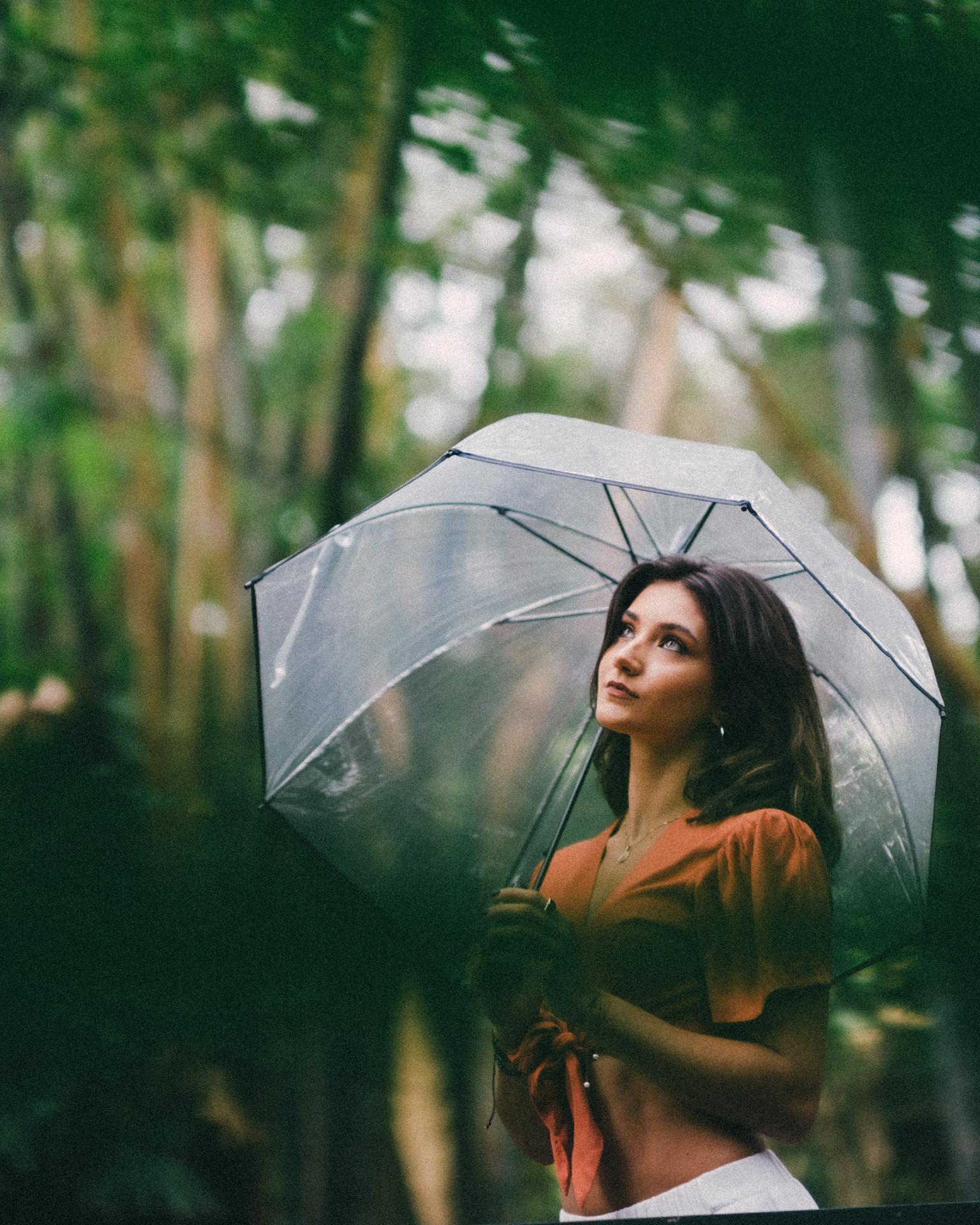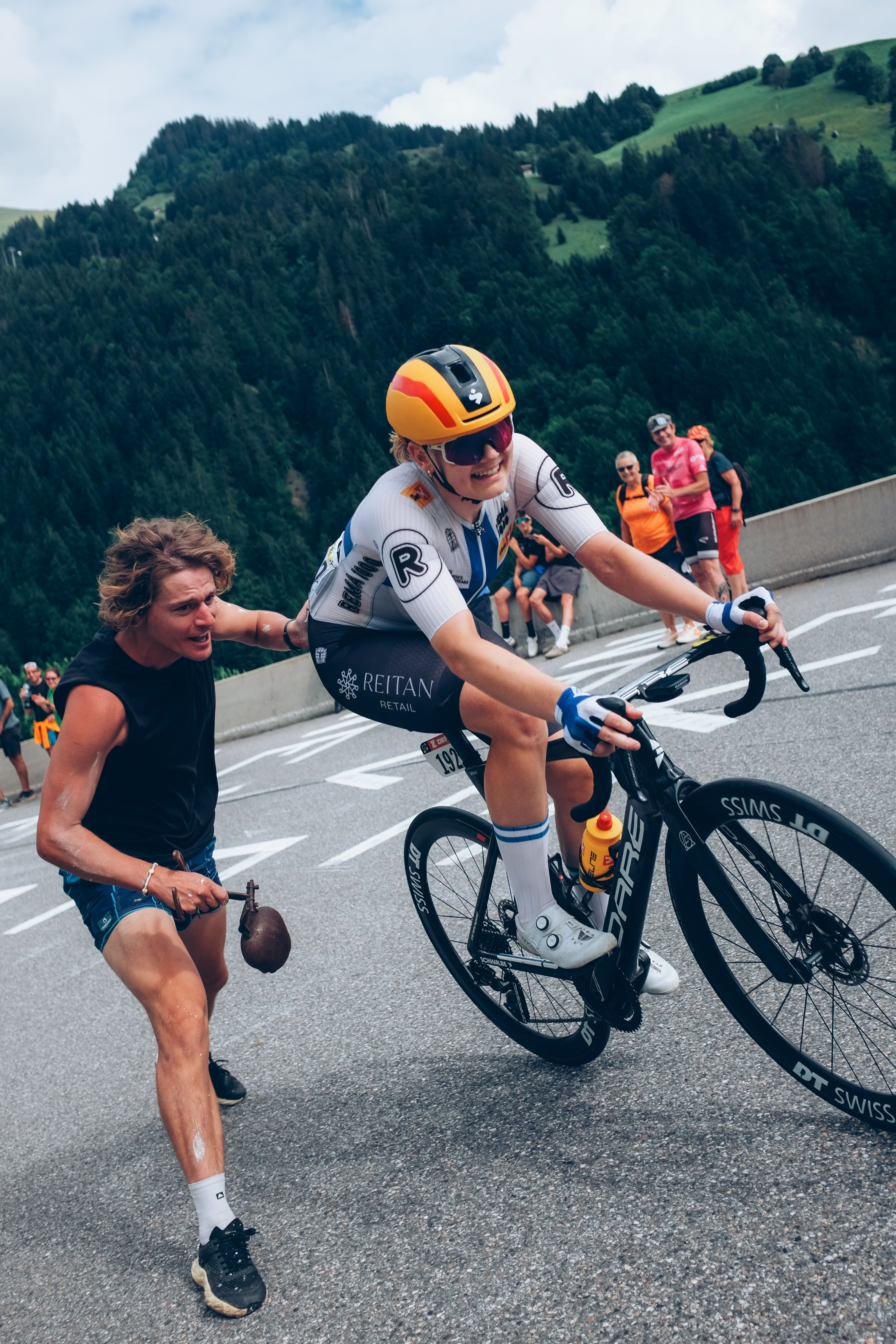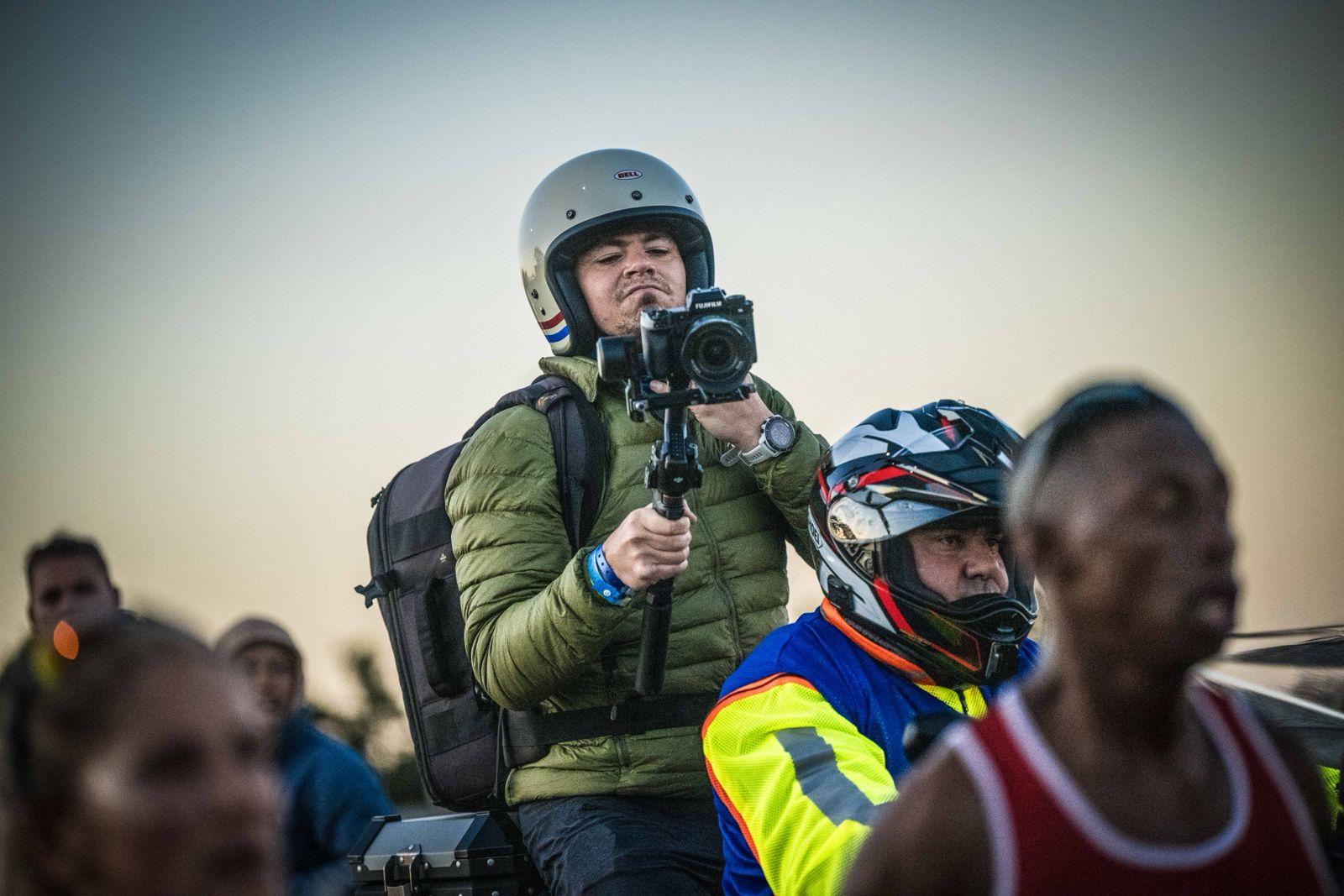ANTON BOSMAN – The Fujifilm X-Pro3
When we heard the rumours of the much anticipated Fujifilm X-Pro 3 it was no surprise that social media exploded with the regular scoffing, coughing and huffing.
“What were you thinking Fujifilm” “You have just lost a lifelong customer and fan” “Oh look, they are trying to look cool” …………. the list is almost endless.
This social media mob mentality seems to have become rather fashionable. I am no longer amazed when I read how people can predict the failure of a new product before they even lay their hands on it.
The reality is this.
Fujifilm has a long, credible and reputable standing in the photographic industry.
They have an incredible team who work on their new products and they are always open to feedback from their X-Photographers and their end-users.
I am of a firm belief that Fujifilm and any reputable manufacturer of a much-loved brand (in any industry) will always strive to give their end-user something special.
This then begs the question: Is the X-Pro 3 special?
My first love affair with Fujifilm started with the original X-100.
I really loved the camera and then purchased an X-Pro 1 upon launch, this was also the camera that led me to my very special 10-24 at a later stage.
Having used both these cameras I am quite accustomed to a range finder style camera body.
Besides the viewfinder and styling of the body, that is so different from most of the X-T series bodies, is the fact that every single X-Pro camera I have ever felt, is built like a tank.
There is a certain allure to the styling of the X-Pro series, the stunningly “sunken” lettering, the minimalist eyepiece, the all-out retro styling of the body and the robust finishing.
The X-Pro 3 feels like a weapon in your hand, you almost don’t feel sorry for it when you are lying on the ground, climbing up metal staircases, accidentally bumping it when it’s hanging around your neck……
It’s solid and gives you the impression that the camera was built so well, that it even would have survived documentary photography in the field during the second world war.
So very reminiscent of those “field cameras” that have such high regard within the community of camera aficionados.
But for now, enough of the beauty of this beast and let’s get into the nitty-gritty of what it feels like in the real world.
As a camera being “stereotyped” for street photography, I naturally gravitated to the streets and wanted to see if all the mob justice could be justified.
The main gripe from the internet was the fact that the camera has a “hidden” LCD, and instead of a full screen we now have a sub-screen that serves a dual purpose.
The sub-screen can be set up to show the film simulation you are currently shooting with, which I think is a great and sincere homage to the days of film, or it can be used to show your settings.
The latter, to me, is a great addition, very much like it was welcomed on the X-H1 for those times when I am shooting at night.
There was also unhappiness in regards to the D-pad being missing.
I have never been a fan of a D-pad on a camera, in actual fact, all I ever would want is an ISO dial and a shutter-speed dial with one button for quick and easy access to menus, and this is incredibly well executed by using the joystick.
We saw this clean and minimalist approach on the X-T30.
I will be honest, and say that I had huge reservations in regards to the flip-out LCD.
Of course, I kept them to myself and waited to get the camera in my hands first, before I could formulate an opinion on this bold move.
Well, there I was, hitting the streets of Jozi.
First stop was meeting up with a few friends and then scouting town to see where we were going to stand, for a building demolition a little later on.
As we moved through town I looked for compositions to make where I would be at normal height and keep the viewfinder to my eye to make the compositions.
The viewfinder although not as big as that of the X-T3, is definitely a vast improvement from the X-Pro1 and X-Pro2.
From the first click I was rather smitten, the clean simplistic design, the smooth shutter button, the nice clean viewfinder and of course THE HIDDEN LCD.
Why would you be smitten over the fact that the LCD is hidden, some may ask.
Quite simply, I think for many of us “chimping” has become a habit, if not all of us.
No matter what our skill level is and no matter how well we know our settings, we want to CHIMP.
With the hidden LCD I was not given the opportunity of entertaining that habit, and yes I could have quickly flipped out the LCD and had a quick chimp, but the stubborn person in me said: “no way, use the camera around its design purpose”. That is exactly what I ended up doing, and I can say with the most sincere honesty, that I loved the experience. Suddenly every click filled me with excitement, I was transported right back to the days of shooting with film when one used to wait with much anticipation for those prints. I actually could not wait to get home and put the images into Lightroom, and when this ritual eventually took place, I was super impressed to see that I had walked away with some great images for the day.
On the next shoot, I went out on my own into the city. It was raining and the rain had left some awesome puddles with cloudy and moody skies. This for me was the perfect opportunity to see how the X-Pro 3 will handle if I was to use this very “polarising” hidden LCD.
Let me start off by saying that I never use an LCD for compositions, but I felt like a challenge and I needed to see if the X-Pro 3 LCD was usable, or if it was really the “lemon” that some predicted. Well, I was pleasantly surprised, the handling and weight of the X-Pro3 makes it a very versatile and easily manoeuvrable camera body and the screen, once flipped out, is so ergonomically well designed that I had no problem in framing compositions. It was almost as if I was an old hand at using a camera LCD for the purpose of the composition.
This, of course, drove home the belief that Fujifilm and their design team spent countless hours in designing this incredible camera body, the placement of the buttons and the joystick, the weight and tactile feel of the camera and lastly the ergonomically well-designed LCD. I had a fantastic time in the city that morning with the X-Pro 3.
On my last shoot out. I was again joined by friends, and we sauntered into one of Johannesburg’s more dangerous suburbs on an early summers morning.
As crazy as it may sound, I kept thinking to myself that I am really not nervous because the X-Pro 3 looks so unassuming, it really looks like one is walking around the city with an old rangefinder film camera.
It was on this shoot that I really started feeling even more at home with the X-Pro 3 and at times I didn’t even realise that it was the X-Pro 3 in my hand and not my X-T3.
All in all, what I really can say is this, the X-Pro3 is really special.
It is a camera body that can appeal to fashionistas, hipsters (oops not meant to insult anyone) fans of the film, real camera aficionados, people who are anti-establishment and serious photographers from the most advanced amateurs, all the way to the most advanced professionals.
Well done and congratulations Fujifilm on the design of a camera so different, that for many years to come people will still be talking of the legend of the X-Pro3. And in case anyone may wonder why I did not include all the technical specs. I did not want to bore you with that which you could easily find online.
The X-Pro is packed with features, has a unique design and most of all, it’s the kind of camera that gives birth to the words “pride of ownership”
I am Anton Bosman
Fujifilm X-Photographer.
I shoot commercial and industrial architectural work and also work on some high profile campaigns.
My genres are landscape, cityscape and street photography.












AI, I need to get my hands on one!
AI, I need to get my hands on one!
AI, I need to get my hands on one!